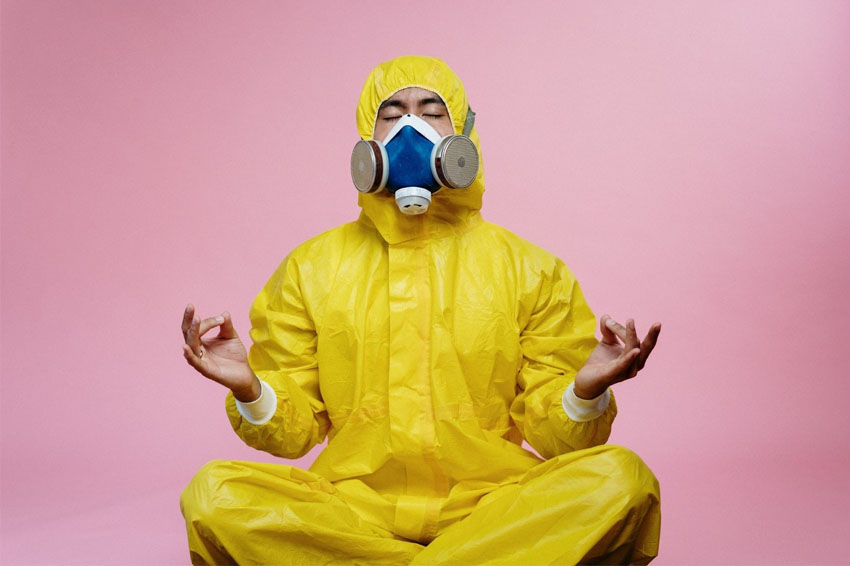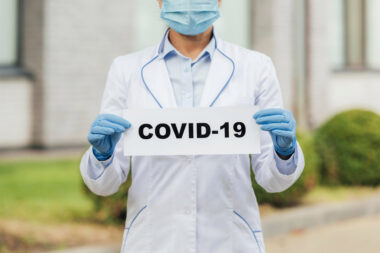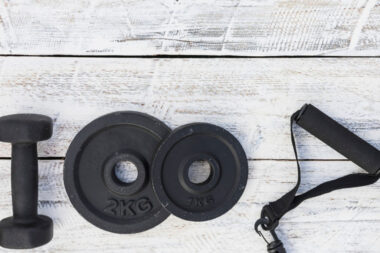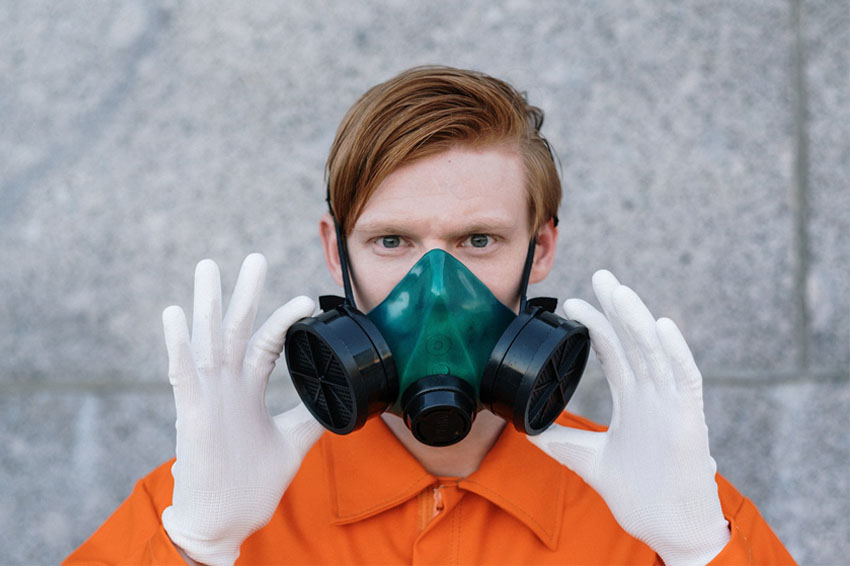Respirators are an important part of the workplace. Workers can be at risk of exposure to harmful airborne agents, varying from the fine dust made in construction to the chemical fumes produced by mining, or pathogens that pose a significant risk to front-line workers in clinical settings.
Having the basic knowledge of respirators can help protect safety in the workplace.
What Is A Respirator?
A respirator is a type of mask designed to protect the user from inhaling harmful substances. Respirator masks are commonly used in combination with other personal protective equipment (PPE) such as gloves, gowns, and glasses.
Can Anyone Wear A Respirator?
Most people can comfortably wear a mask. However, some medical conditions limit people from wearing a mask, which should be discussed with a medical professional.
Facial hair or certain facial contours may prevent a mask from fitting correctly. Workers should seek advice from a safety hygienist inspector.
The Basics: How Respirator Masks Are Used
The following are the key things you should know before using a respirator mask:

Photo: CleanSpace
1. Identify Work Hazards
Hazards in the workplace should be identified by an industrial specialist, with an assessment to measure the level of exposure to various airborne substances.
2. The Fit Test
Respirator masks are ineffective if they don’t fit correctly. A seal check should be completed alongside an inspection from a safety hygienist inspector.
3. Sizing
Mask sizing will dictate how well the respirator fits. Use a Size Guide to assist with selecting the right mask size.
4. Proper Hand Hygiene
Proper hand hygiene should be completed before and after the use of the mask to reduce the risk of contamination.
5. Regular Inspections
Respirators should be regularly inspected to ensure there are no faults or damage, and the battery is fully charged.
6. Don/Doffing Procedure
Respirators must be donned and doffed correctly to ensure maximum protection for the user.
7. Cleaning And Maintenance
Respirators must be cleaned and disinfected after EVERY use (if reusable). It’s also important to be aware of the service life of the respirator.
8. Choosing The Right Respirator

The right respirator should be used in the right situation to maximize user protection. Respirators function in two main ways:
a. Air Purifying Respirators (APR):
APRs filter harmful substances from the ambient air that passes through the mask. There are many different APRs, including half or full-face masks, gas masks, and also powered APRs that use a fan to blow air through the filter.
b. Atmosphere Supplying Respirators (ASRs):
These respirators do not rely on ambient air. Instead, breathing air is supplied by an independent source, such as an airline or a tank.
For example, a Self-Contained Breathing Apparatus (SCBA), commonly used by firefighters, supplies the user with air from a tank.
Respiratory Protection Programs
Airborne particles in the workplace can be harmful or even carcinogenic, causing damage to the respiratory system and leading to long-term illnesses.
Respiratory Protection Programs should be implemented to protect workers. This includes implementing standardized procedures, regular inspections and fit tests, and user training.
Choosing the right respirator mask can be confusing. Learn more about getting the highest level of respiratory protection with respirators.
Thumbnail Credit: Pexels
This article is published by our independent team of health and wellness pundits that publish original and informative content to empower readers to take charge of their health and embark on a physically, mentally, and emotionally balanced lifestyle.






































Leave a Reply